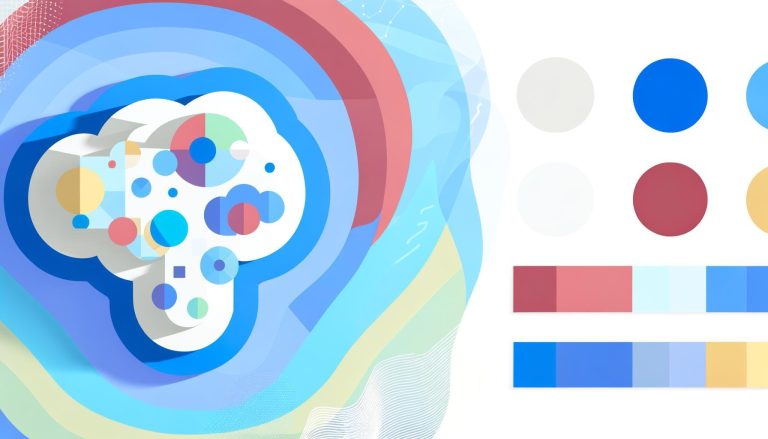In our rapidly evolving digital age, artificial intelligence (AI) has emerged as a cornerstone of innovation across various fields, including psychology. One area where AI is making significant strides is in understanding and treating Dissociative Identity Disorder (DID), a complex condition traditionally known as multiple personality disorder. In this article, we’ll explore how AI aids in understanding DID, the benefits it brings to treatment, and practical ways it enhances mental health care.
Understanding Dissociative Identity Disorder
Dissociative Identity Disorder is characterized by the presence of two or more distinct personality states, often accompanied by memory gaps. The origins of DID can be traced back to severe trauma during childhood, such as chronic emotional, physical, or sexual abuse. These distinct personalities, or “alters,” serve as coping mechanisms for the trauma experienced.
Traditional Approaches to DID
Historically, treating DID involves a combination of psychotherapy techniques, such as cognitive behavioral therapy (CBT), trauma-informed care, and family therapy. The goal is to integrate the separate identities into one primary identity, reduce the distressing symptoms, and address the traumatic events underlying the disorder.
The Role of AI in Understanding DID
AI’s role in mental health is to enhance precision, reduce subjective biases, and provide a new dimension to understanding complex disorders. Here is how AI contributes to DID understanding:
1. Improved Diagnostic Criteria
- AI systems can analyze vast amounts of psychological data to refine diagnostic criteria, helping clinicians better identify DID.
- Machine learning algorithms can detect patterns in behavior, language, and neurological imaging that may not be evident to the human eye.
2. Advanced Neurological Insights
- AI-driven technologies, such as functional MRI and EEG analysis, offer deeper insights into the brain’s activity during different identity states.
- By comparing neurological data of individuals with DID to those without the disorder, AI can help identify brain activities specific to DID, improving diagnosis and treatment plans.
3. Emotional Recognition
- AI can enhance understanding of the emotional states and transitions between identities through advanced emotion recognition technologies.
- These systems can identify subtle cues and changes in voice, facial expressions, and body language.
AI in the Treatment of DID
Beyond understanding, AI offers tangible benefits in treating DID, facilitating new methods and improving existing approaches.
1. Personalized Therapy
- AI tailoring therapy to individual needs by analyzing data from various therapy sessions, resulting in adaptive therapy plans that meet the unique requirements of each person with DID.
- It can also track progress and suggest modifications in therapy strategies.
2. Virtual Therapy and Support Systems
- AI-powered virtual therapists provide 24/7 support, offering immediate responses and tracking mood or phase changes in DID patients.
- They can assist in grounding exercises, mindfulness practices, and crisis intervention.
3. Early Intervention and Monitoring
- Continuous monitoring tools developed through AI can predict and alert clinicians to potential crisis states or identity shifts, allowing for timely intervention.
- These systems benefit from real-time data analytics, driving speed and accuracy in monitoring patient progress.
Benefits and Practical Tips for Utilizing AI in Mental Health
Integrating AI into mental healthcare offers numerous advantages:
Benefits
- Enhanced accuracy in diagnosis and treatment
- Increased accessibility to therapy through virtual platforms
- Fostering consistent and objective measures of progress
Practical Tips
- Stay informed about emerging AI technologies in mental health to capitalize on recent advances.
- Collaborate with interdisciplinary teams, including AI specialists, psychologists, and neuroscientists, for a holistic approach to treatment.
- Ensure data privacy and ethical standards are prioritized when using AI tools.
Conclusion
The integration of AI into the understanding and treatment of Dissociative Identity Disorder is an exciting frontier promising better outcomes for individuals facing this challenging disorder. By combining traditional therapeutic approaches with AI’s advanced capabilities in symptom analysis, identification, and monitoring, we inch closer to personalized, effective treatment solutions.
As technology continues to evolve, embracing AI in mental health care not only enhances the understanding of complex psychological conditions like DID but also broadens access to care. If you’re interested in tracking emotional patterns or setting personal goals, consider using the Zenora App, which combines mood and habit tracking for supportive self-care. Together, we can illuminate the path towards healing and a more integrated sense of self.





